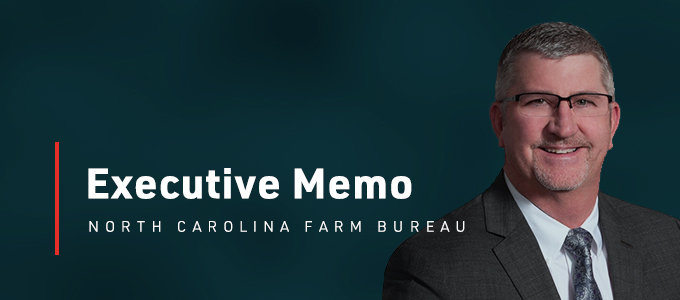Is Your Organization Helping to Drive North Carolina’s Transportation Future?

At the turn of the 20th century, North Carolina’s network of state-maintained roads was among the least developed in the nation. Then a grassroots Good Roads Campaign swept through the state, driven in large part by farmers who needed a better system of roads and bridges to move their products to market. That campaign ultimately roused state leaders to pass reforms that forever changed the course of our transportation future, leading to the advent of a state highway system that would create lasting connections between our communities and earn North Carolina a nickname as the “Good Roads State.”
NC at a Crossroads
Today, North Carolina has come to a new crossroads on transportation policy. Once again, our leaders have an opportunity to take us down a path that will make us a model state in developing forward-thinking transportation strategies – or mire us deeper in an approach that will leave us far behind our competitors in the quality of our transportation infrastructure.
If you’re even a casual follower of transportation issues, you’ve no doubt seen the stories of storm-damaged roadways, revenue shortfalls, and construction delays that have occupied local news coverage in recent years. If you’re especially tuned into state-level transportation policy, you’re likely also aware of the objective studies showing that North Carolina’s transportation investment portfolio is simply not sufficient to meet the projected needs of our growing population.
The Consequences of Inaction
Just as likely, you’ve seen the costs of our inadequate transportation strategy up close and personally. According to a new report from TRIP, a national transportation research group, an alarming percentage of major roadways in North Carolina are rated in poor or mediocre condition (roughly 37 percent, or about 8,400 miles throughout the state). If you’re like me, you’ve driven on many of these roads yourself – and hit more than a few potholes that sent your vehicle rattling and your jaw clenching from the jolt. More alarming still, the TRIP report found that the fatality rate on North Carolina’s rural, non-Interstate roadways was three times higher than on other roads – and the ninth highest in the nation.
It’s safe to say that the “Good Roads State” is no longer a nickname we can rightfully claim.
None of this is a surprise to the farms and businesses that utilize North Carolina’s transportation infrastructure in so much of what we do. We see the impacts daily in the form of lost commerce due to congestion and costs associated with vehicle repairs.
With nearly two million full-time jobs directly dependent on North Carolina’s transportation network, and with virtually all jobs touched by the network in some way, our approach to transportation funding and management has very real implications for our post-pandemic economic recovery. In the ag sector, for example, much of that recovery will depend on our ability to meet the pent-up demand for commodities that will be unleashed as we move past the major public health challenges of COVID-19. As this happens across industries, we will need to ensure that North Carolina’s job creators have access to a well-funded, well-maintained, and well-managed network of roads and bridges that can transport products and people safely and reliably.
The Road to a Stronger Future
The good news is that 2021 is shaping up to be a watershed year for transportation policy in our state.
Within the N.C. Department of Transportation, a blue-ribbon panel of diverse experts known as the NC FIRST Commission has concluded a multi-year effort to provide public officials with a set of state and local funding options to offset the motor fuels tax and stabilize our revenue streams. Leaders within the North Carolina General Assembly have indicated that they are taking a close look at these options and exploring pathways to modernize our approach to transportation funding. And the business community, through the NC Chamber-led Destination 2030 Coalition, is working hard to give job creators a collective voice to advance bold solutions at the transportation policy table.
You can make sure your organization is playing an active role in supporting a safer, more reliable statewide transportation network by signing on as a member of the Chamber’s Destination 2030 Coalition. Supporters of this business-driven movement gain access to exclusive meetings where strategies are coordinated to amplify the importance of modernized transportation solutions to North Carolina’s elected leaders.
The truth is, there’s a lot to like about our state’s transportation prospects. North Carolina boasts enviable multimodal assets, including industry-leading port, rail, and airport facilities. We enjoy an ideal position as a natural hub of East Coast commerce. Our farming and agribusiness industries are among the strongest in the nation, employing nearly 800,000 workers and producing more than $90 billion in economic activity every year.
If we can solve our transportation funding challenges, we stand to create explosive impacts across our entire economy – and reclaim our rightful title as the “Good Roads State” for decades to come.
Sincerely,
Shawn Harding
President
North Carolina Farm Bureau